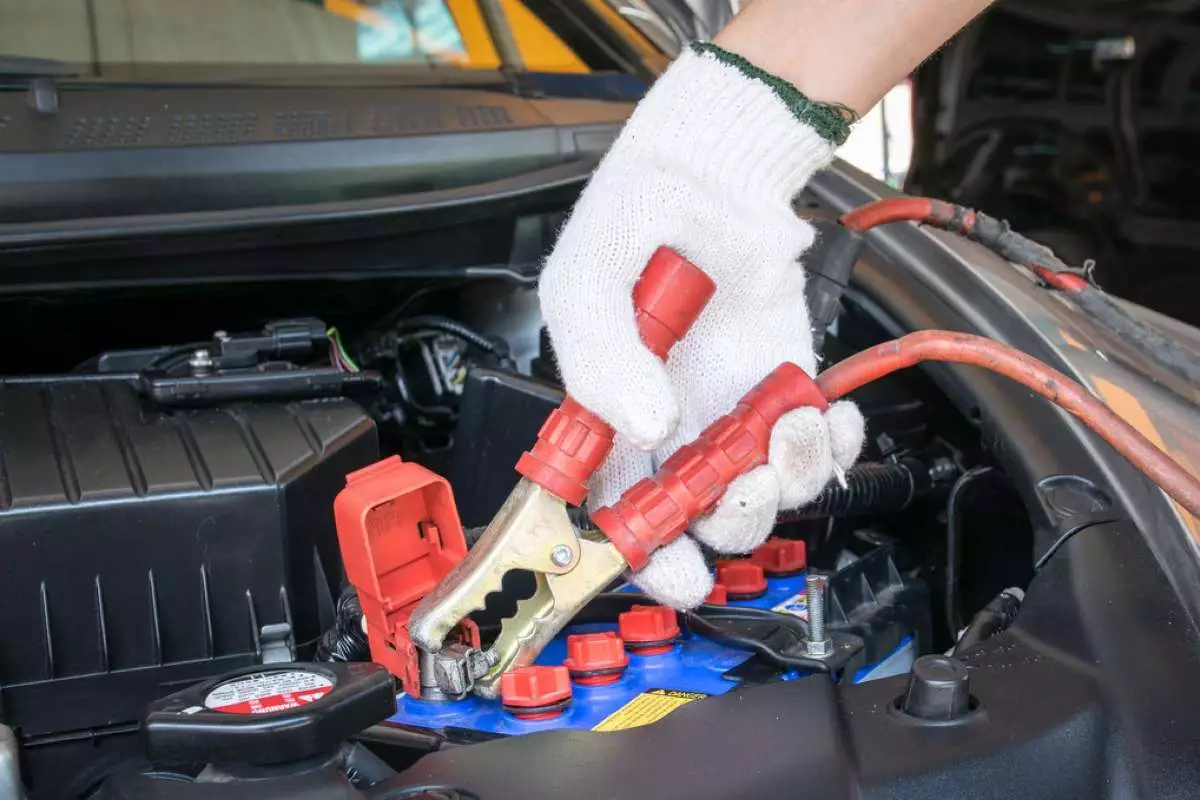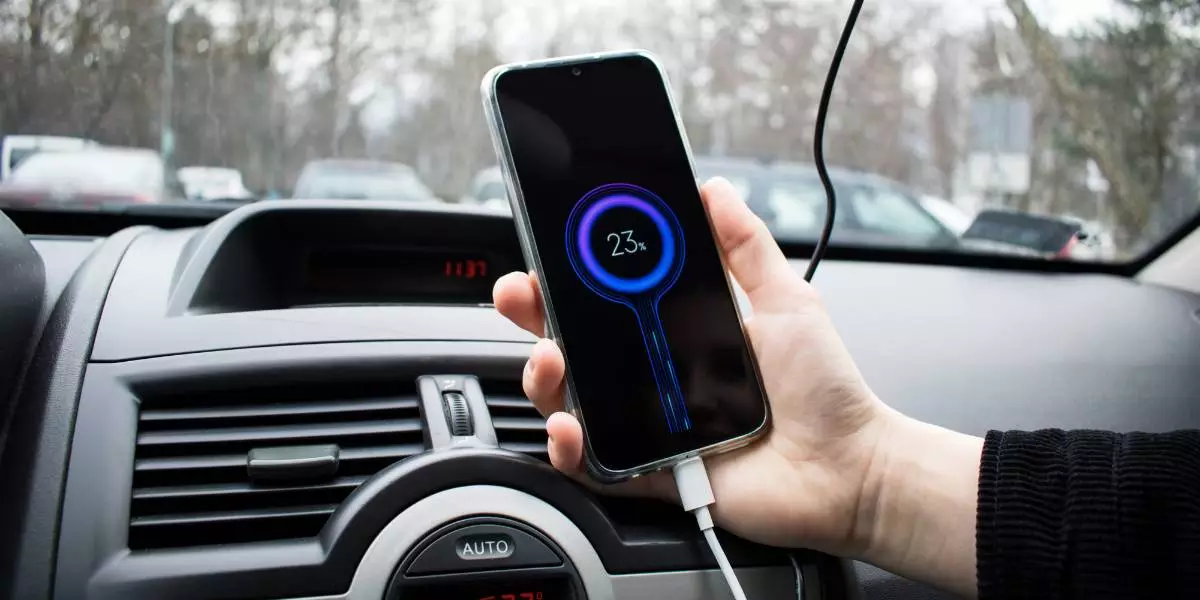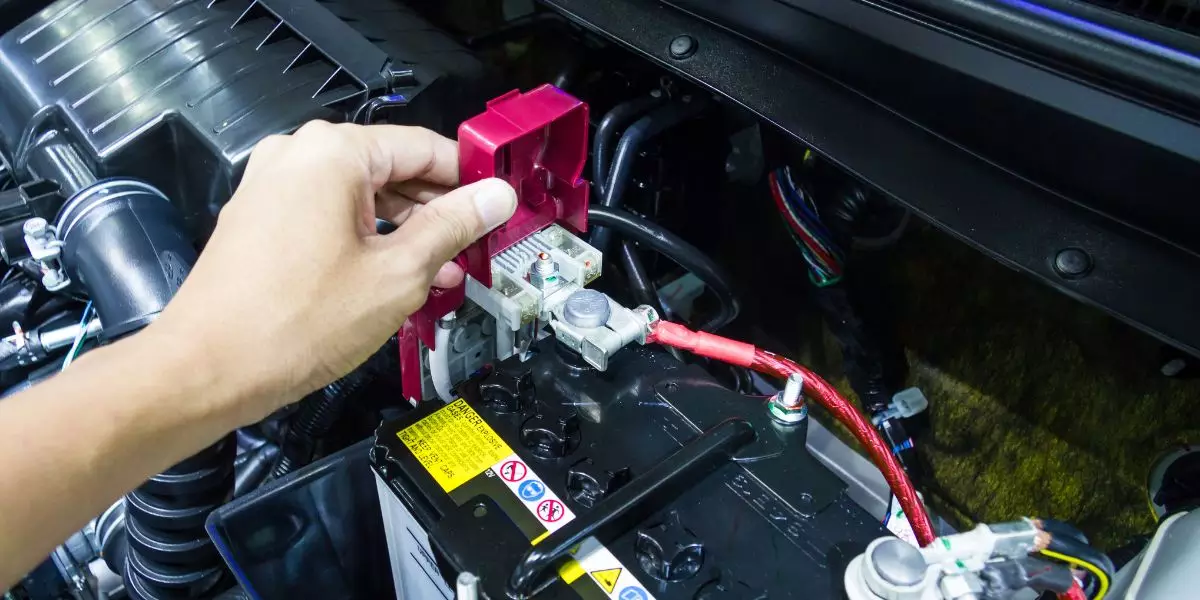Using our car to jumpstart another vehicle is an excellent way to help a stranded motorist. But why would your own car fail to start after doing a good deed like that?
If your car doesn’t start after delivering a jumpstart to another vehicle, there are five things to consider. Your car likely has loose battery cables, a blown fuse, a dead battery, electrical damage, or problems with its starter or alternator.
When troubleshooting this issue, always start with the most straightforward causes to rule out, which in this case, are loose battery cables.
Keep reading as we explore this problem in detail and help you with the fixes and tips that you’ll need to resolve the issue.
Why Won’t My Car Start After Jumping Another Car?
The most likely reasons your car won’t start after jumping another vehicle are loose battery cables, a blown fuse, a dead battery, starter or alternator problems, as well as damage from crossed wires.
In this section, we’ll take a closer look at each of those possibilities and what their fixes are.
Loose Battery Cables
The affected part: When troubleshooting this issue, your battery cables are the first and simplest thing to rule out. If your cables are indeed the cause, resolving the issue will be quick and won’t cost you a dime.
Let’s be clear on one thing: what we’re referring to here are the cables that connect your car to its battery, not the jumper cables that you used to jump the other car.
How this happens: In this case, what likely happens is that your battery cables might be loose and not form a tight connection with the battery terminals. Perhaps they were already loose, to begin with, or they might have come loose when you were performing the jump start.
Whatever the case might be, this is not a problem at all, so the fix will be quick and easy.
How to fix it: The solution to loose battery cables is incredibly straightforward: you’ll have to tighten them firmly on the battery’s terminals. They don’t have to be super tight, just ‘hand tight’ is enough.
Suppose you can’t tighten your loose battery cables. If that’s the case, you’ll want to first replace the terminals on those cables. While you’re working on them, be sure to clean off any corrosion you might see around the terminals.
Blown Fuse
The affected part: Jumpstarting a car affects your battery and your car’s electrical system as a whole. That’s why you’ll want to check for any blown fuses as well.
To do that, start by locating your car’s fuse box. Then, you can refer to the user manual if you have to, though it’s typically located under the hood or somewhere inside the car.
You’ll find plenty of different fuses inside. To narrow down your search, start by checking the fuse for the starter before you inspect any others.
How this happens: A fuse is a sacrificial electric device. In simple terms, that means it’s designed to destroy itself (or ‘blow’) during an electrical fault to protect the rest of the electrical system.
So, if there’s a sudden power surge or short circuit while you’re jumpstarting the other car, one of your fuses will likely blow as a protection mechanism. As a result, your car won’t be able to start until that fuse is replaced.
How to fix it: A fuse cannot be repaired, so you must replace it with a new one. Be sure to use a fuse with only the correct amperage as a replacement. While you’re at it, it’s also an excellent idea to keep a couple of spare fuses for future use, especially since they don’t have expiration dates.
Your Battery Died From Giving The Jumpstart
The affected part: Once you’ve ruled out the previous causes, it’s then time to consider that the problem might be with the battery itself. There’s a strong possibility that your car battery has itself died after you used it to perform a jumpstart with another vehicle.
How this happens: The reason this problem happens is pretty straightforward: your car battery wasn’t in the best shape itself when you used it to jumpstart the other vehicle. So, during that jump-starting process, the battery might have drained enough of its power that it’s now too weak to start the car it’s connected to.
As you troubleshoot this issue, consider the age and condition of the battery. For example, suppose the battery is already more than two years old, and you’ve already been experiencing trouble starting your car. In that case, the likelihood of it dying after giving a jumpstart is much higher. You can damage you car battery by jump starting.
How to fix it: Now that you’re the one with a dead car battery, you have three options: get your car jump started, charge the battery, or buy a new battery.
Firstly, if you want to get your battery jump-started, be sure to do it with a vehicle that has a battery in good working condition. Besides that, you can also utilize a car battery charger for the same purpose.
Lastly, if your battery was already at the end of its useful life, this could be the perfect reason to replace it with a new one.
Electrical Damage from Crossed Wires
The affected part: Now, this is the worst-case scenario for jump-starting another car: causing damage to the electrical system.
Remember: modern car brands and models rely on plenty of electrical and electronic parts. So, for example, you have the car’s computerized Engine Control Unit (ECU), in-car infotainment systems, and so much more.
When critical electrical or electronic parts are affected, they can prevent the car from starting up.
How this happens: Severe damage to the electrical system can happen when you ‘cross wires’. That means attaching a positive cable to a negative cable or the other way around.
When that happens, you’ll cause a short circuit that damages electrical and electronic parts, despite any fuses that might be in place to protect them.
As mentioned before, if a critical part like the Engine Control Unit (ECU) is damaged, the car will fail to start.
How to fix it: Unfortunately, you’ll need to thoroughly inspect the car’s electrical system to find out what was or wasn’t damaged. Only when you’ve identified the damaged part can you repair or replace it to get your car running again.
Bad Starter Or Alternator Problems
The affected part: Assuming you’ve ruled out all of the above, it’s time to consider that the problem wasn’t the jump start you gave at all. Instead, the problem could be with the starter or alternator in your vehicle and not the battery or the jump start delivered earlier.
How this happens: In this situation, the causes are pretty straightforward. Firstly, the start might be broken or worn out. However, when the alternator fails, it won’t deliver enough charge to the spark plugs to get your engine going.
Both of those causes could explain why your car won’t start. As for the timing of it happening right after you delivered a jump start to help another driver, well, that could just be a case of bad luck.
How to fix it: When faced with a bad starter or alternator, you must get a qualified mechanic to troubleshoot and potentially replace the affected part.
There’s no working around that because these are some of the most critical components in your car. If either one or both stop working, your car won’t start at all.
Final Thoughts
In this guide, we’ve gone from the not-so-bad scenario (i.e. loose cables) to the worst-case scenario (i.e. electrical damage and starter/alternator issues) to explain why your car won’t start after giving a jump start.
As scary as some of those problems might sound, it shouldn’t discourage you from helping a stranded motorist with jumpstarts in the future. After all, we’d also hope for the same help if we were the ones who couldn’t start our cars.




